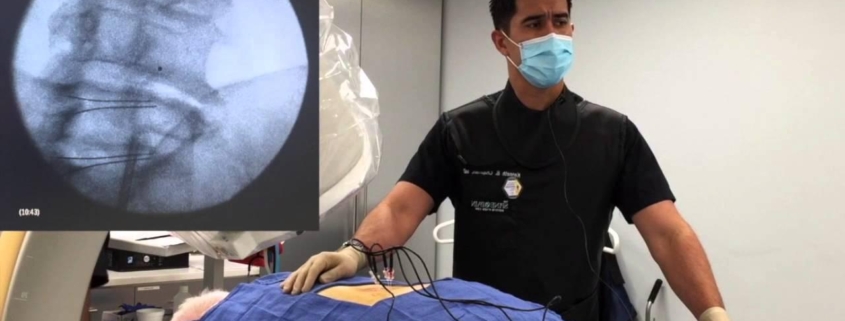
Radiofrequency Ablation
Overview of Radiofrequency Ablation (RFA)
Radiofrequency ablation (RFA) is a minimal invasive medical procedure that uses electrical current to destroy harmful tissues or nerves causing pain. The current is delivered through a needle and creates heat that targets the problematic region to provide relief. This technique is widely used to treat an array of conditions, including varicose veins, heart rhythm problems, and even certain types of cancers.
Types of Radiofrequency Ablation
There are various types of RFA, but they mainly differ based on the body part or condition being treated. Some common types include:
– Cardiac RFA: This is used to correct heart rhythm problems. It works by destroying the heart tissue causing the irregular heartbeat.
– Varicose Vein RFA: This eliminates abnormal, enlarged veins by heating the vein walls and causing them to collapse.
– RFA for Pain Management: This is often used to treat chronic pain conditions like arthritis, by eliminating the nerves responsible for transmitting the pain signals to the brain.
Causes for Radiofrequency Ablation
RFA is not a health condition but a treatment approach for various diseases. The need for RFA arises due to various health conditions such as:
– Chronic Pain: Conditions like chronic low back pain, neck pain, or knee arthritis that haven’t responded to other treatments might necessitate RFA.
– Varicose Veins: When veins in the legs enlarge, they can cause pain, swelling, and discomfort, necessitating RFA treatment.
– Arrhythmias: Heart rhythm abnormalities can sometimes be treated effectively with cardiac RFA.
Symptoms Indicating the Need for Radiofrequency Ablation
Since RFA treatment varies based on the health condition, the symptoms leading to RFA are different. However, common symptoms that may lead to consider RFA include:
– Persistent, chronic pain not responding to other treatments
– Painful, enlarged veins visible on the legs (varicose veins)
– Rapid, irregular, or fluttering heartbeats
Diagnosing the Need for Radiofrequency Ablation
The conditions requiring RFA are diagnosed through various medical examinations and tests. For instance:
– Chronic Pain: A thorough physical examination, coupled with medical history review and imaging tests like MRI or CT scan, can diagnose the root cause of chronic pain
– Varicose Veins: Physical examination and ultrasound of the legs can diagnose varicose veins
– Arrhythmias: Electrocardiogram (ECG) and Holter Monitoring can detect abnormalities in heart rhythm
Treatment Options: Radiofrequency Ablation
RFA is typically an outpatient procedure performed under local anesthesia. The treatment’s overall success significantly depends on the precise identification of the problematic tissues or nerves. While RFA has a high success rate, it’s recommended for patients who haven’t responded to other treatments.
Living With Radiofrequency Ablation
Post-RFA, here are a few tips to manage your recovery:
– Rest for a few days post-procedure
– Limit strenuous activities for a few weeks
– Keep the treated area clean and dry
– Follow your doctor’s instructions regarding medication and physical activities
When to Seek Help
If you experience severe pain, bleeding, or infection at the treated site or have new, worsening symptoms, seek immediate medical attention. Always remember to consult your health care provider if your symptoms persist even after treatment.
Whether you’re dealing with chronic pain, varicose veins, or heart rhythm problems, RFA offers an effective, minimally invasive treatment option. This guide aims to help you understand more about RFA and aid in informed decision-making about your health. Remember, your healthcare provider is always your best resource for personalized advice and guidance.
Conclusion
In sum, radiofrequency ablation is a minimally invasive procedure that is generally safe and associated with less adverse effects compared to traditional surgery. However, it’s important to maintain open communication with your doctor to understand the benefits and potential risks involved. Always remember that each patient is unique, and personal medical histories will influence treatment plans and potential outcomes.
